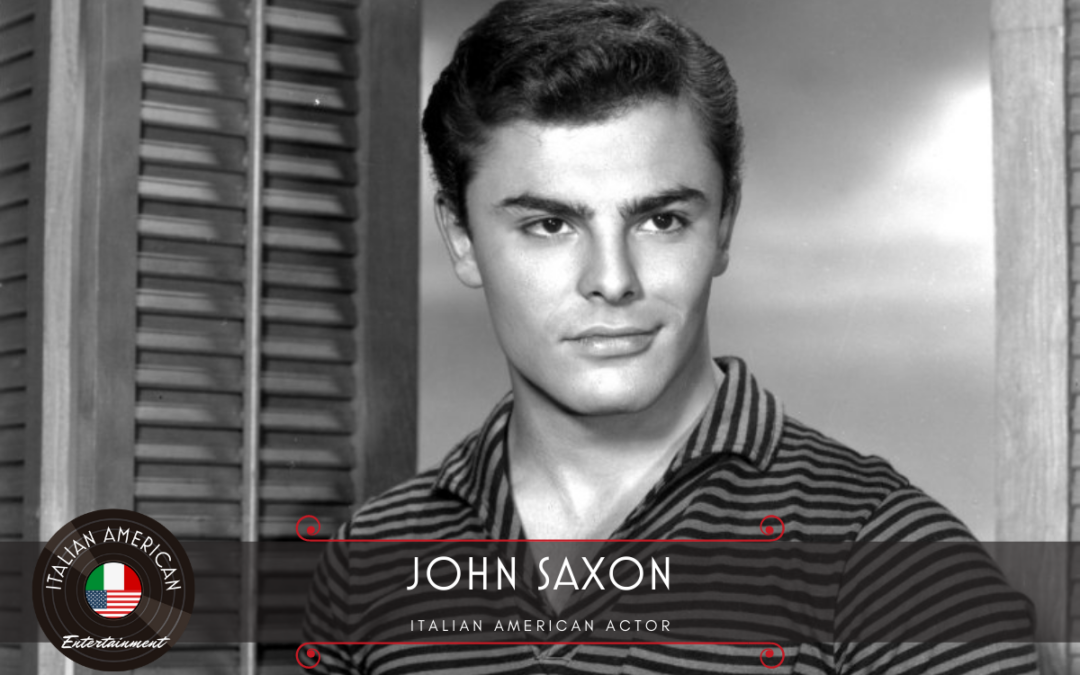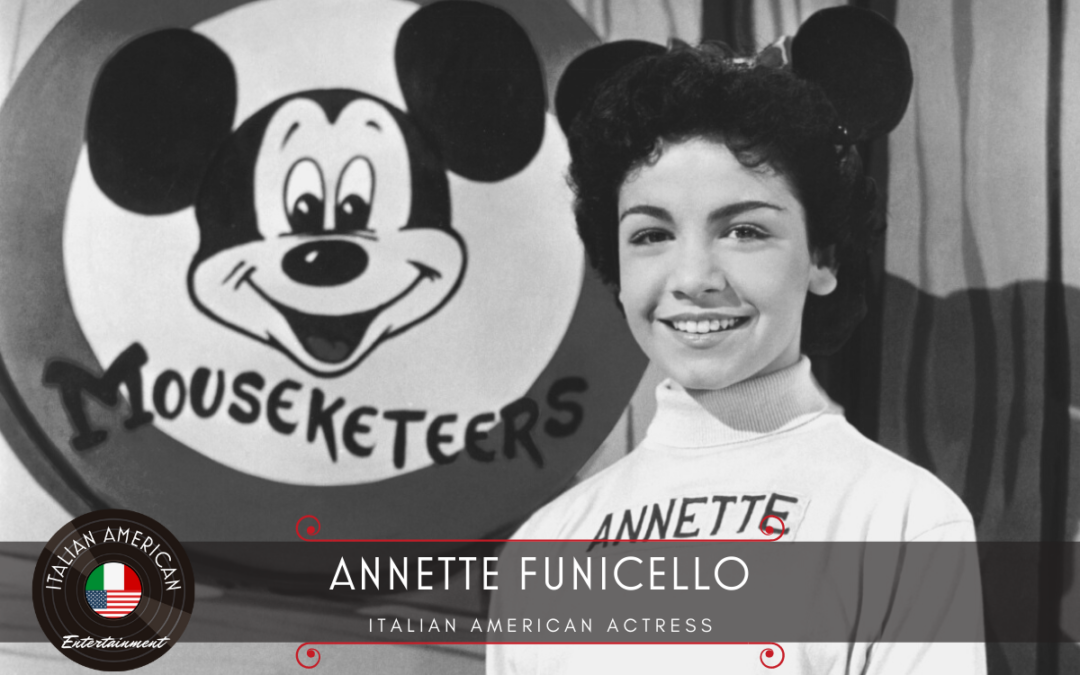Being a guitar player, I’ve used D’Addario strings for years. The other day, while I was playing my guitar, I was wondering if there was Italian American guitar maker. That’s when I looked at my strings and realized D’Addario is Italian. Here’s some information about the D’Addario family and how they got started.
The D’Addario family of string-makers originated in the small Italian town of Salle in the province of Pescara. In 1915, an earthquake devastated the town, and the two brothers-in-law, Rocco and Carmine D’Addario decided to emigrate to Astoria in Queens, New York in an attempt to expand their market, importing and selling the strings made by their family in Salle. By 1918 Rocco had returned to Salle, and Carmine, known as Charles, began making his own strings in a small shop behind the family home. Making the strings from sheep or hog gut, the process of making strings was laborious and involved all members of the family.
When the guitar saw a major rise in popularity in the early part of the 20th century, sometime in the 1930s, the family began making strings for this instrument, producing strings made to order for individual musicians or for guitar manufacturers. During World War II, the company DuPont developed nylon, which would make a major change in the family business. DuPont sent samples to the D’Addario family in 1947, and they began experimenting with this new material, and started developing strings for many of their regular customers. During the late 40’s and early 50’s, nylon-stringed “classical” guitars were being surpassed in popularity by the steel-string guitar, due to the birth of rock and roll. The younger members of the family wanted to expand into steel string, but Charles was reluctant to risk the business on this “uncertain market.”
In 1956 a new company called the Archaic Musical String Mfg Co. began to make steel strings, run by Charles’ son, John D’Addario Sr. The company made strings for several of the major guitar makers of the time, including Gretsch, D’Angelico, Martin, and Guild. In 1962 the two companies were merged under the name Darco. The guitar had become the most popular instrument in the United States, and the Darco company came up with many innovations in the manufacture of guitar strings, including the first automated equipment to wind strings and the first roundwound bass guitar strings.
In the late 1960s, Darco was approached by Martin Guitars regarding a merger in order to pool resources and development efforts. While the partnership was beneficial for both companies, by 1974 the D’Addario family decided it was time to market strings under their own name, and the J. D’Addario & Company corporation was formed. Darco is still a brand name used by the Martin Guitar company.
Originally located in Lynbrook, New York, the business continued to expand and in 1994 moved to its current facility in Farmingdale, New York. The company is still owned and operated by the D’Addario family, with 13 family members among the 1,000 employees of the company. Current key executives include John D’Addario III (CEO), Jim D’Addario (Chairman of the Board and Chief Innovation Officer), Robert D’Addario (President/Managing Director, CTG) Suzanne D’Addario Brouder (Foundation Director).
Source: Wiki





